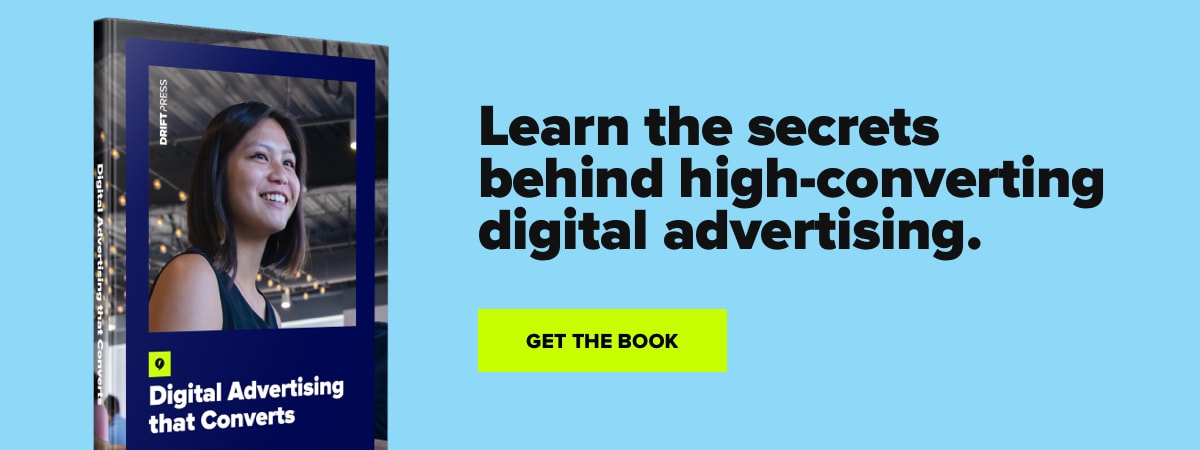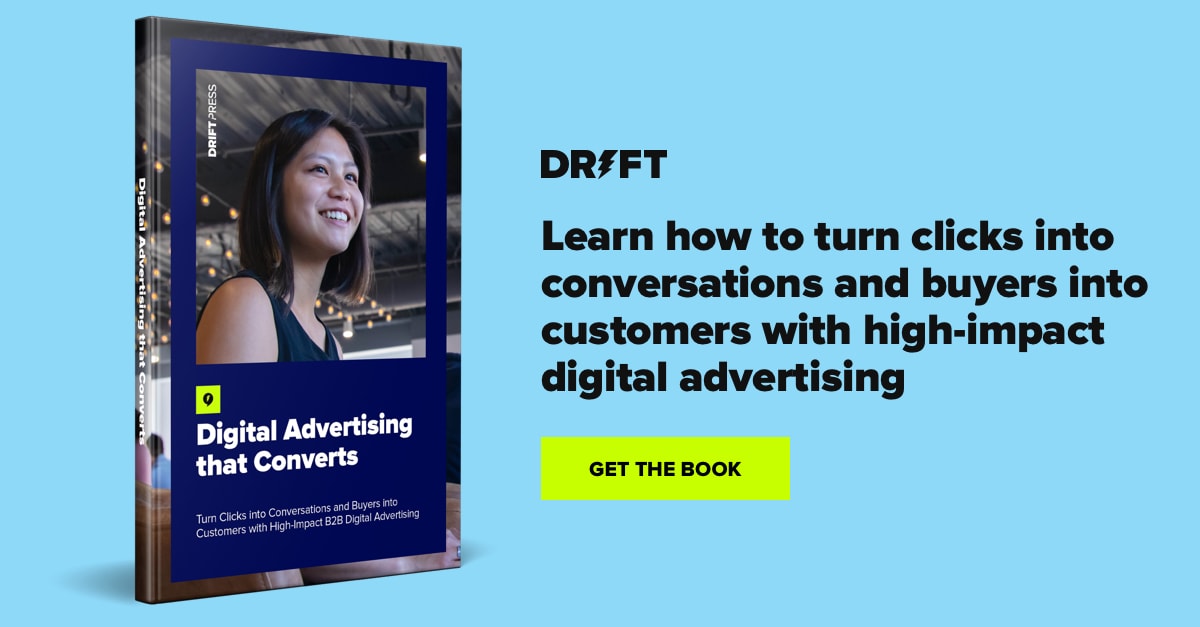Personalized advertising can make it easier for prospective customers to progress further down your sales funnel. When ads are specific to the target audience and their unique journey, people are more likely to take action.
Most B2B buyers are already halfway through the buying process before they meet with a sales representative. This means that your ads and your content do a lot of heavy lifting to get leads to book a call.
But B2B digital advertising is complex. It’s not as easy to measure customer acquisition costs or ad returns. There is plenty of friction in B2B ad funnels.
Personalized advertising can help. Here are six specific fixes to common issues.
Friction #1: Misaligned Paid Advertising Metrics
Ads for consumer products and consumerized software offer an easier go at calculating ROI. That’s because the CTA for the destination landing page is closely related to revenue, such as a direct product purchase or a free trial sign-up.
With B2B digital advertising, there can be pressure to calculate direct ROI in the same way consumer brands do. But other metrics could act as levers your team can pull on the path to revenue.
Ultimately, when your team is unclear on campaign goals and metrics, it’s hard to optimize for success.
Solution: Separating Front-end and Back-end Metrics
It’s important to separate out front-end and back-end metrics. Doing so lets your team accurately measure the success of your personalized advertising campaigns – instead of wrongly assuming either success or failure.
Here are some example front-end metrics for your ads:
- Cost-per-conversion
- Cost-per-click
- Click through rate
- Bounce rate
And these are some of the back-end metrics you’ll want to review for your advertising as a whole:
- Return on advertising spend
- Conversion rate per channel
- Cost-per-acquisition
- Customer lifetime value
- Pipeline contribution
- Number of MQLs generated
Separating out these metrics allows you to accurately assess the success of individual personalized ads and your overall ad spend, rather than trying to equate front-end metrics with immediate ROI.
Friction #2: Channel Flops in Ad Personalization
How many times have you heard B2B marketers or entrepreneurs say that they can’t get a return on Facebook and Instagram ads?
If you’re in the B2B space, you’ve heard this often. However, the most successful B2B companies are advertising on Facebook. Quickbooks, ClickUp, Slack, and many others come to mind.
Why? The problem isn’t usually the channel. It’s often how the channel is used.
Antidote: Contextual Ad Personalization and Combining Channels
You can combine your advertising channels to reduce costs and increase ROI. For example, lower your Google ads costs by only targeting searchers who’ve downloaded a lead magnet from one of your Facebook ads. This can make those $30-50 Google ads clicks more worth your while. Or, you can retarget leads on Facebook who signed up for a webinar that you promoted on LinkedIn.
If you’re really struggling with standard social media ads, you might abandon them altogether and opt for contextual personalized advertising instead. You can place Google display ads on relevant Forbes articles, for example, or you might position video ads within YouTube content that fits your audience’s concerns.
Friction #3: Too Many Unqualified Leads from Personalized Ads
Sometimes you’ll get high conversion rates only to find that the leads from your personalized advertising campaigns aren’t quite qualified. Maybe they don’t have the revenue or headcount that you typically work with. Or they don’t have a departmental leader who can champion your product the way that your top accounts do.
While your ads might be personalized towards your audience, the targeting is too broad.
Antidote: Account-Based Marketing
Account-Based Marketing, or ABM, will only grow in popularity and sophistication as time rolls on. ABM is sort of like combining marketing with prospecting.
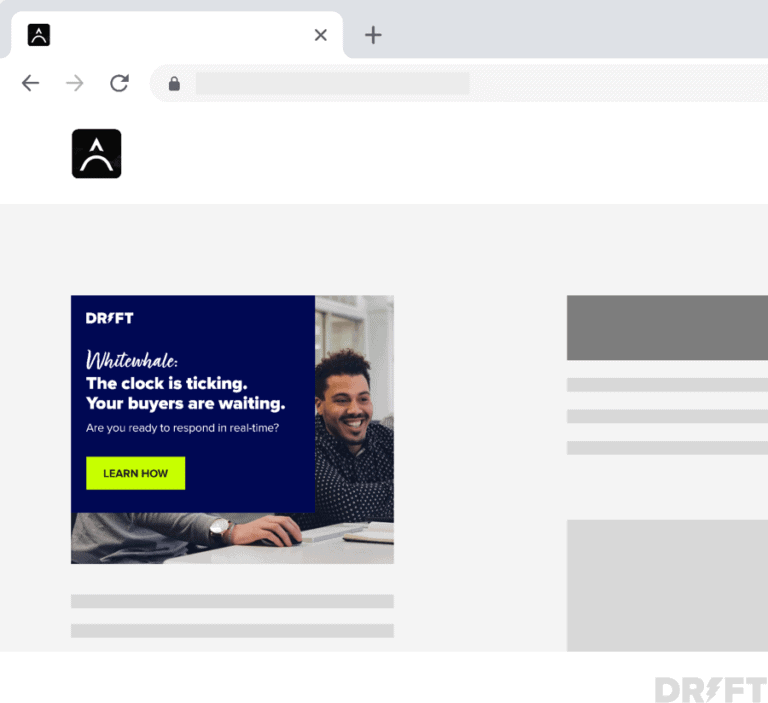
You get really clear on the specific list of accounts you want to convert into customers, and you get in front of them not only with cold prospecting but with content too.
When you run ads personalized for specific accounts, you can then speak with them in a personalized way on your site using Drift.
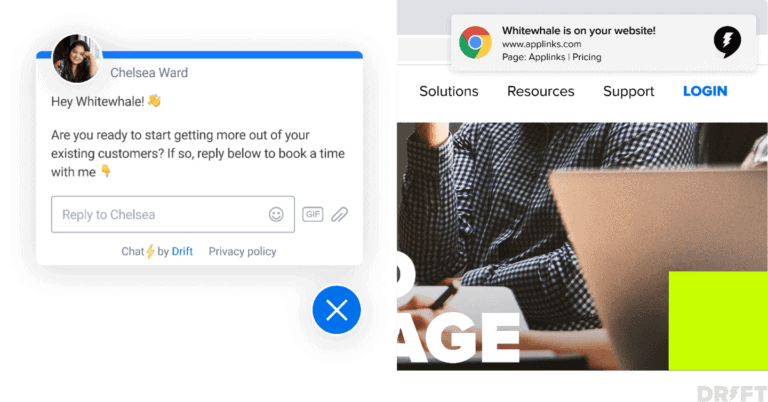
If we know where a buyer is in their buyer journey and we use that information, it’s a lot more useful in meeting users where they are and getting them to engage with our brand. We’ve seen that convert a lot higher than just doing personalization for the sake of doing personalization.”
Friction #4: Unimpressive Retargeting ROI
Retargeting ads are supposed to be the holy grail of personalized advertising ROI. But if your retargeting ads aren’t yielding higher conversions than your ads to cold traffic, something is really amiss.
Sure, the problem could be your ad creative, but mostly likely the issue is putting your entire retargeting audience in one big pile.
Antidote: Journey-Based Retargeting for Personalized Advertising Experiences
For truly personalized advertising, you need to treat people as unique individuals. Not everyone has the same awareness of your solution, or interest.
Setup journey-based retargeting by creating categories of actions on your site. For example, people who have read a top-of-funnel blog post could be shown a relevant lead magnet opt-in. Meanwhile, people who have already viewed your pricing page could be shown some social proof in an ad that leads to a demo form.
You can also retarget people for timely promotions, such as an event registration page.
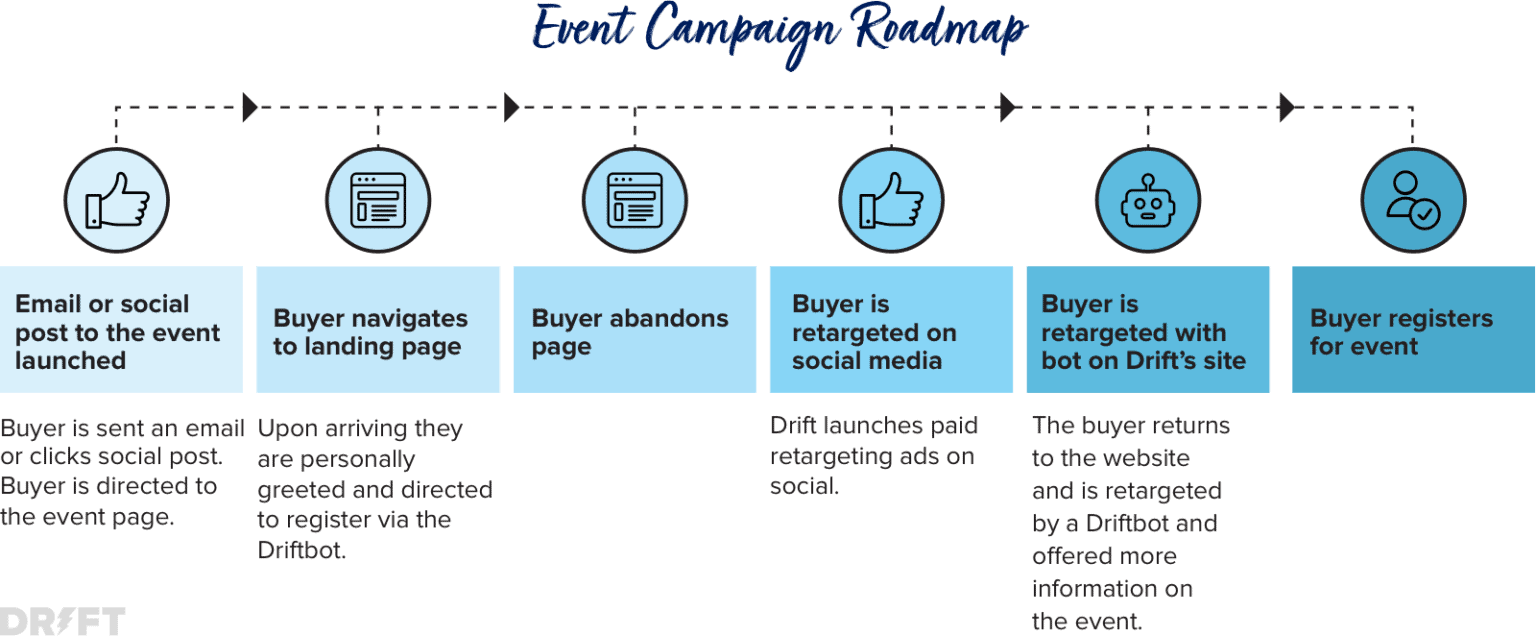
Ultimately, you need to get granular with your retargeting. And don’t forget to put a time limit on your evergreen retargeting ads. You might show one lead magnet for 30 days, and then switch to another for an additional 30 days so you don’t bore your audience.
Friction #5: Too Many Steps for Buyers
When you commit to personalized advertising, it’s tempting to overcomplicate things.
As you build out these personalized journeys in Marketo or RollWorks, you run the risk of putting too many steps in the way of a purchase.
Some leads will have urgent needs and might be willing to jump to the bottom of your funnel faster than others. If they can’t do so, they’ll get frustrated.
Solution: Help Buyers Connect with Sales ASAP via Personalized Ads
Remove friction from highly-personalized advertising by allowing prospects to skip your typical buying journey when they want to.
The easiest way to do this is to allow buyers to connect with your sales team on every single landing page, not just through a demo or contact form. Don’t make your buyer hunt for the right place to request human interaction.
You can add live chat software to your site. Website visitors can use it to get in touch with you, and sales reps can use it to initiate conversations.
Friction #6: Generic Chat Prompts
Personalization should extend to every interaction, not only your ad creative. This includes what happens off of the advertising platform and on your website.
But if you’re using generic chat prompts like “Let us know if you have any questions” or “What brought you here today?” – you’ll disappoint your visitors who engaged on a very tailored message in a personalized ad. Your generic chat prompts could come across as annoying, or even careless.
Solution: Initiate Conversations Based on Real Behavior
Instead, start conversations based on website visitor behavior. Personalize the chat prompt message with the account name. You can use IP data so a sales representative knows when an account is on the site.

When sales representatives initiate chat, you can impress leads with not only timely messages, but quality responses unique to their situation too.
Use these personalized advertising fixes, and help your company scale predictably with a steady stream of leads.





